content provided by Monrovia Nursery
One of the symbols of summer, hydrangeas burst into bloom around July, making them a classic choice for foundations, flowering hedges, and billowy borders. But why stop there? Hydrangeas come in so many fantastic forms, seductive colors, and playful flower shapes that they’re one of the most useful plants with which to design all around the garden. Monrovia’s new series of hydrangeas, Seaside Serenade, presents you with all sorts of possibilities. Here are three of the fun ways to use them.
AS A SURPRISE IN A FORMAL GARDEN
We love the look of billowing hydrangeas in cottage gardens where the large blooms amplify the effect of all the other flowers in beds and borders. But, hydrangeas, particularly the smooth (Hydrangea arborescens) and mophead (Hydrangea macrophylla) varieties, are a lovely and not jarring counterpoint to the neat, geometric lines of formal garden beds. Plant any of these three in a mass with sheared boxwoods where you might otherwise plant roses.
DRESSING UP A DIFFICULT SLOPE
If you have a slope that’s a challenge to mow or that’s prone to erosion, or where you just don’t want to fuss with regular maintenance, panicle hydrangeas (H. paniculata) and those with serrated leaves (Hydrangea serrata) which are typically more stem hardy, can be an excellent solution. Unless you want to control their size, these type seldom need pruning. As long as the area gets regular watering either by rain or an irrigation system, you can easily grow these flowering shrubs.
FOCAL POINT IN A CONTAINER
Growing hydrangeas in containers has become much easier over the past decade as breeders have responded by producing shrubs that are more compact in size but with the same huge, bodacious blooms of large plants. Potted-up hydrangeas do need a bit of extra care; due to their large blooms, they require more water so check moisture levels daily and irrigate as needed. We especially love these which have large, showy, colorful blooms.
Keeping Hydrangeas Happy
- Light: Partial shade to partial sun
- Soil: Provide organically rich, well-drained soil.
- Mulch: Apply mulch to conserve moisture and protect in harsh winters.
- Water: Water deeply, regularly in first growing season to establish extensive root system.
- Changing color: Soil and water pH influences bloom color; consult garden center for suitable amendments.
- Food: Feed in early spring.
- Pruning: Blooms on old wood; prune after flowering.

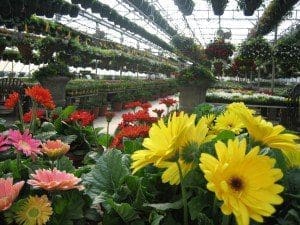

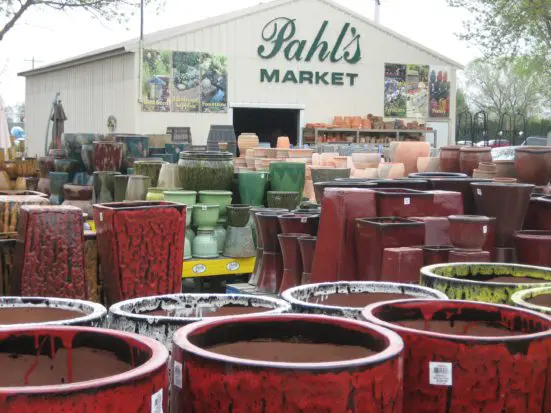

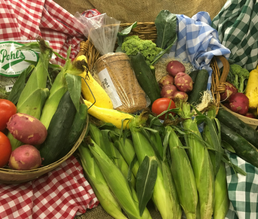







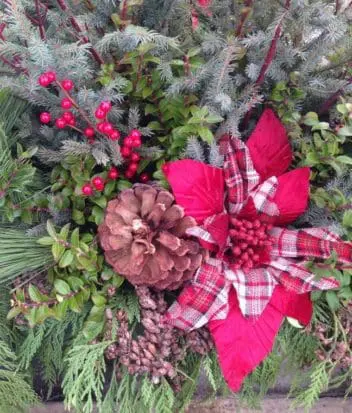



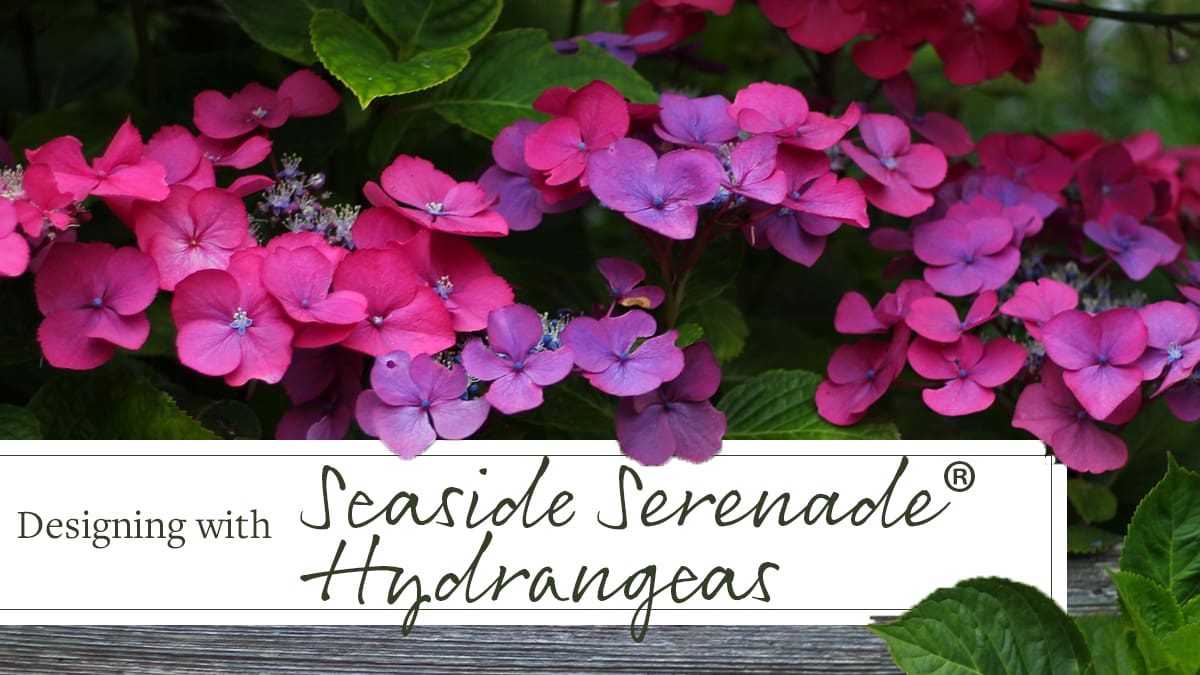











0 Comments